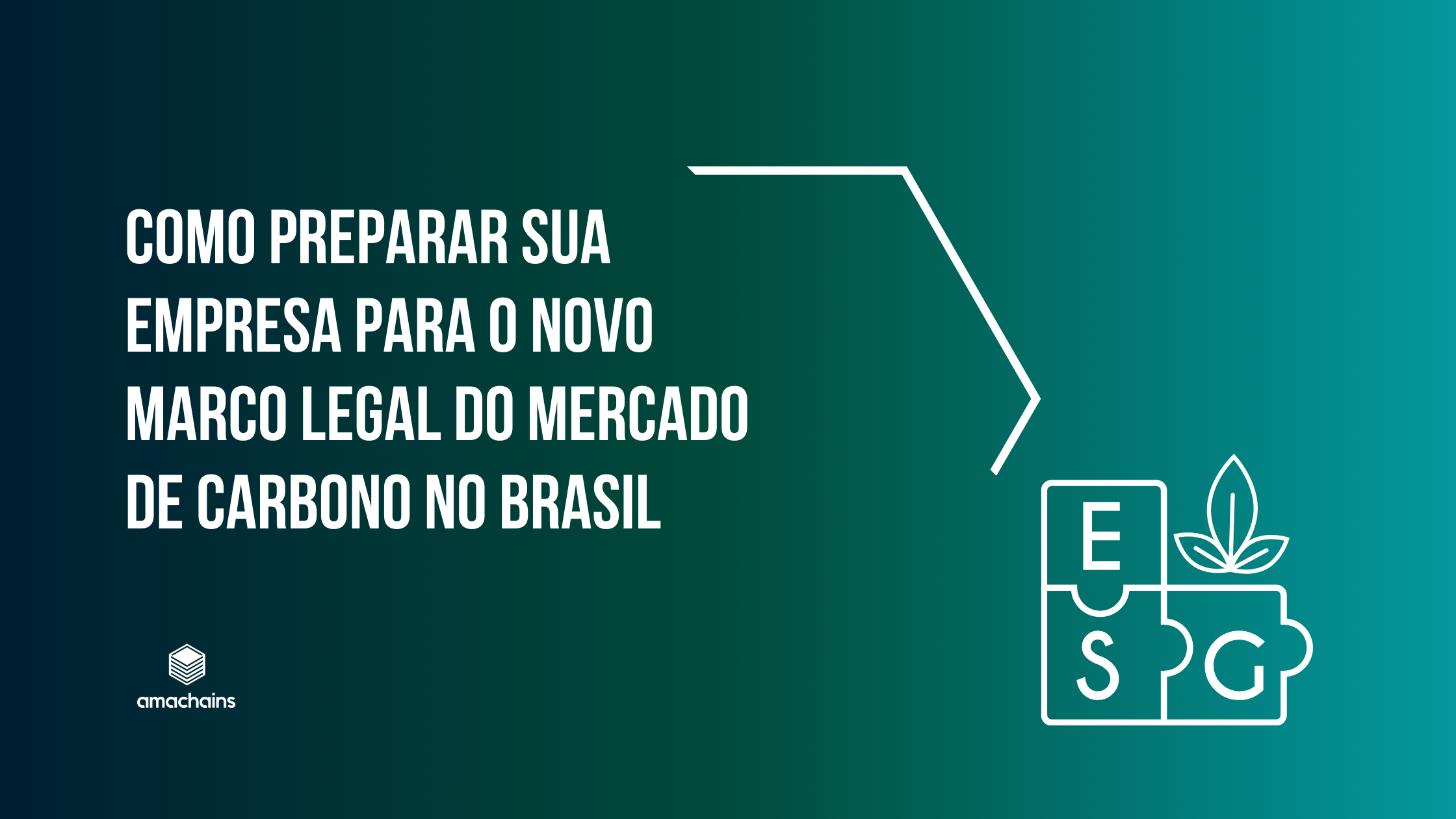The Amazon, with its vast expanse of tropical forest, is one of the most precious treasures on the planet. In addition to contributing to global temperature balance, it is essential for the planet's rainfall systems. Given its importance, the Amazon is often a central figure in debates about global warming and sustainability.
In this rich and complex ecosystem, the presence of indigenous peoples stands out due to their historical commitment to maintaining the forest. However, to ensure efficient environmental preservation actions, it is necessary to go beyond the idea of indigenous peoples as guardians of the forest and build efficient instruments to encourage sustainable development in the region.
In this article, we will explore the importance of indigenous peoples for the preservation of the Amazon and how modern and technological initiatives can promote economic and social development, while protecting the forest.
The Role of Indigenous Peoples in the Preservation of the Amazon
Historically, the relationship between indigenous peoples and the forest has been harmonious. Data from Map Biomas confirms that demarcated lands have shown high levels of environmental preservation over the years. Check it out here.
The indigenous presence with all its traditional knowledge plays a crucial role in protecting the region's flora, fauna and water resources.
At the same time, it is important to recognize that indigenous peoples also have legitimate aspirations for economic and social development. Many communities face challenges such as access to health care, education and employment opportunities. Therefore, it is essential to find solutions that reconcile human development with environmental preservation.
Modern and Technological Initiatives
With the world's growing concern about environmental issues, new technological solutions are emerging that aim to promote economic and social development in the Amazon region, while also contributing to the preservation of the forest. Combined with the ancestral knowledge of indigenous peoples, these solutions have great potential to transform the economic and social reality of the region.
Agroforestry: The development of improved soil management techniques enables indigenous communities to grow food and non-timber forest products sustainably without damaging the forest. The forest's potential for pharmaceutical and cosmetic industries also provides incentives for maintaining diversity.
Crop-Livestock-Forest Integration (ILPF)): an agricultural practice that combines different production systems, such as crops, livestock and forests, in the same area, in an integrated and synergistic way. This approach aims to promote more sustainable, diversified and resilient agricultural production, while seeking to optimize the use of natural resources, such as soil, water and biodiversity. The importance of ILPF as an alternative for sustainable production lies in its potential to increase the productivity of agricultural areas, reduce environmental impacts, such as soil erosion and greenhouse gas emissions, and promote biodiversity conservation. In addition, the integration of different production activities provides greater economic stability for rural producers, making them less vulnerable to climate and market variations. Thus, ILPF stands out as an effective strategy to reconcile agricultural development with environmental conservation, contributing to the construction of more sustainable and resilient food systems.
Sustainable Tourism: Sustainable tourism offers employment opportunities and income generation, while promoting the conservation of culture and the environment through the appreciation of the preserved region.
Environmental Monitoring: Remote sensing technologies such as drones and satellites enable indigenous communities to monitor and protect their lands from illegal activities such as deforestation and illegal mining.
Education and Training: Education and training programs in technology and entrepreneurship empower indigenous youth to become agents of change in their communities, creating innovative solutions to local challenges.
A pact for the future
Indigenous peoples play an irreplaceable role in preserving the Amazon. Their ancestral wisdom and connection to the land are fundamental to the sustainability of the region. At the same time, it is crucial to find ways to promote the economic and social development of indigenous communities without compromising the integrity of the forest.
To address this challenge, it is essential that society as a whole engages, combining public policies with innovative solutions from civil society to build a more just and sustainable future. Modern and technological initiatives offer promising opportunities in this regard, allowing indigenous communities to thrive while continuing to protect and preserve the Amazon for future generations.








